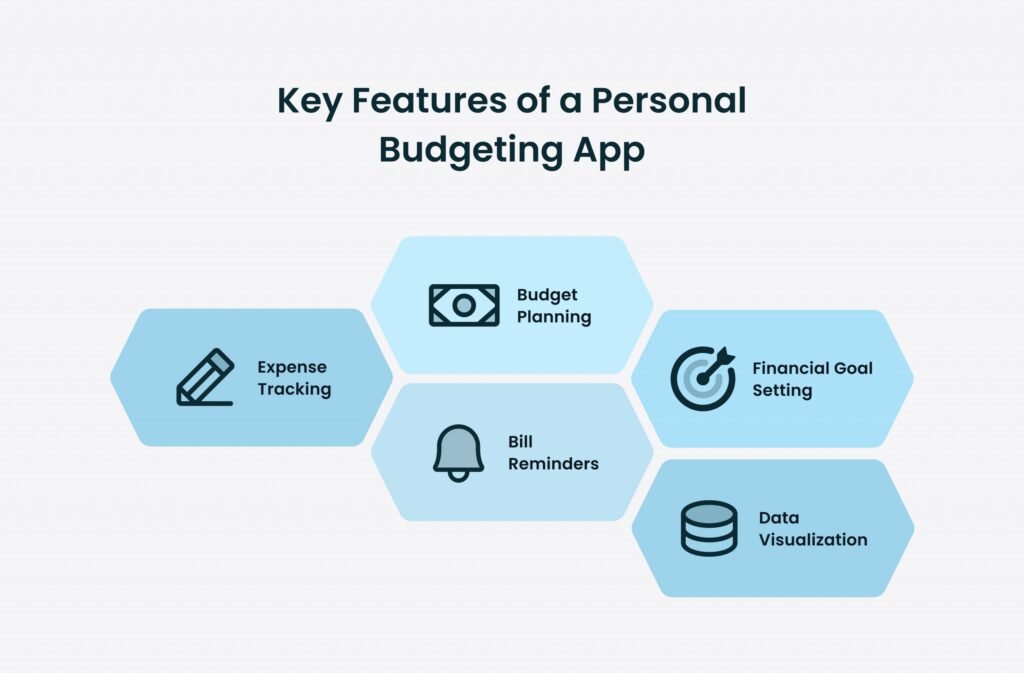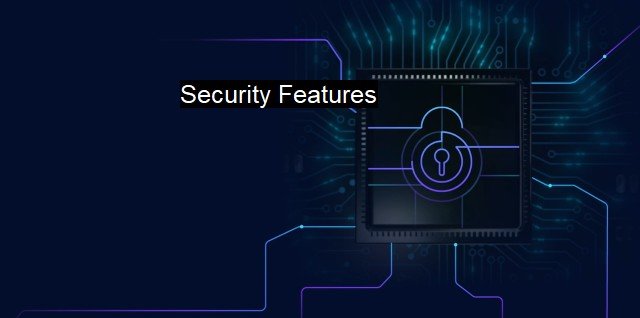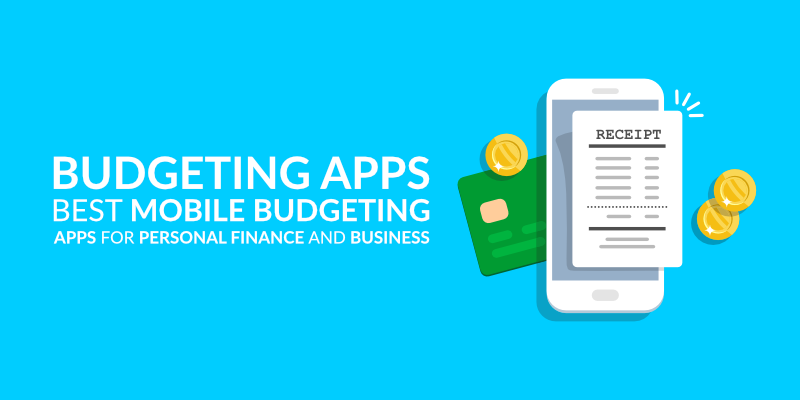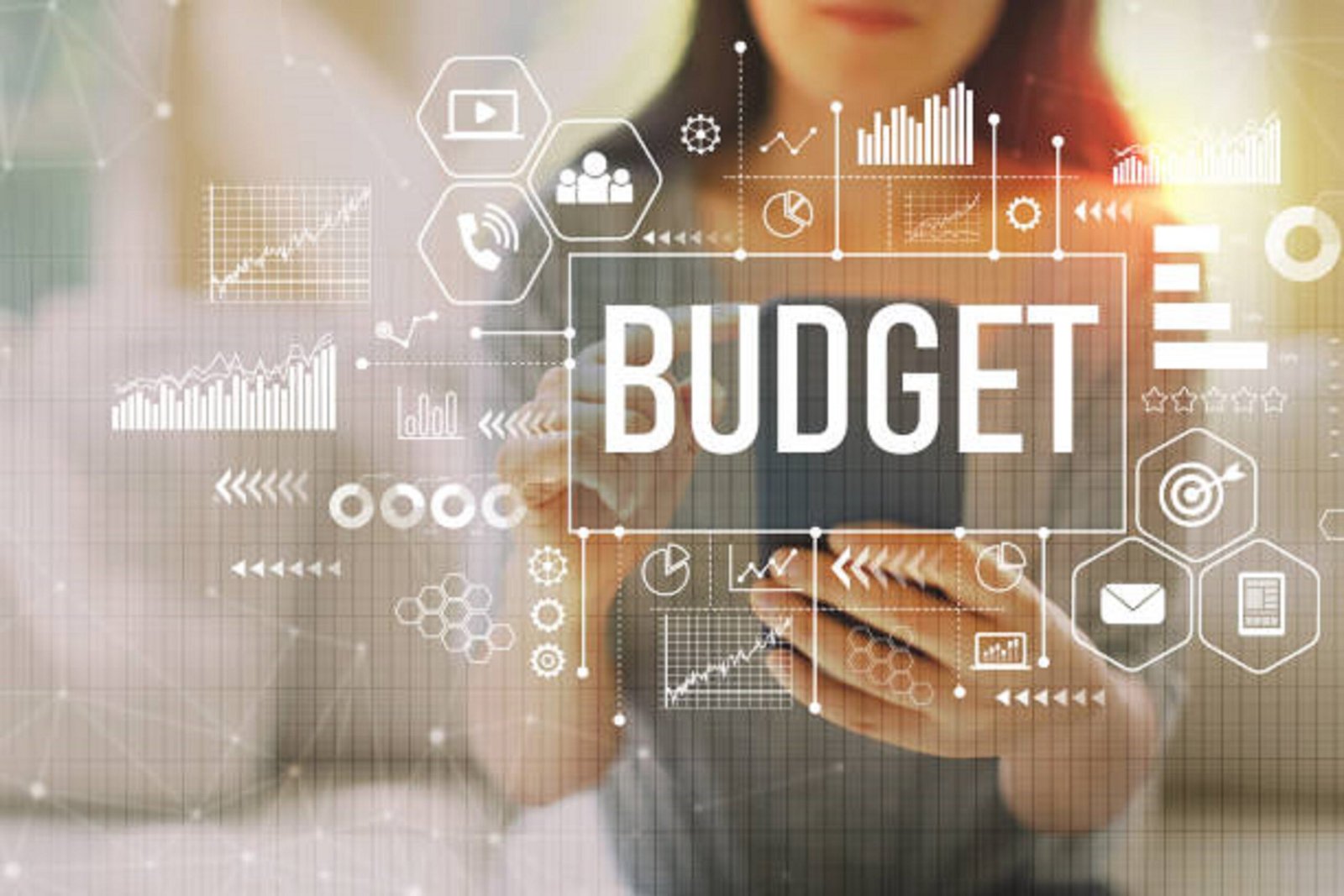Introduction
Managing finances effectively is essential for achieving financial stability and long-term goals. Budgeting programs can help you track income, expenses, savings, and investments, making financial management more accessible and organized. However, with so many options available, selecting the right budgeting program can be overwhelming. This article will guide you through the process of choosing the best budgeting program tailored to your financial goals.
Key Factors to Consider When Choosing a Budgeting Program

1. Understand Your Financial Goals
Before choosing a budgeting program, it is important to assess your financial goals. Are you trying to save for a vacation, pay down debt, or track monthly expenses? Your goals will influence the features you need in a budgeting tool.
- Short-term goals like saving for a trip or buying a new gadget may require a simpler program focused on tracking monthly expenses.
- Long-term goals like retirement savings or building wealth may require a budgeting program that can handle investments, savings accounts, and debt management.
2. Ease of Use
A budgeting program is only effective if you can easily navigate it. The program should have an intuitive user interface that doesn’t require much time to understand. Many budgeting tools offer free trials, so it’s a good idea to test out the program before committing.
- Look for programs with simple navigation, easy data entry, and clear visuals for tracking your finances.
- Features like automatic categorization of expenses and transaction syncing with bank accounts can save time and effort.
3. Integration with Bank Accounts and Credit Cards
To get a full picture of your finances, it’s important to use a budgeting program that connects to your bank accounts and credit cards. This feature allows for automatic transaction import, ensuring accurate tracking of your spending.
- Choose a program that supports syncing with multiple bank accounts, credit cards, and investment accounts.
- Ensure that the tool updates automatically to reflect your latest transactions in real time.
4. Customization Options
Different financial goals require different approaches, so look for budgeting programs that allow for customization. Some tools allow you to set different categories for expenses, set specific savings targets, or create separate budgets for various financial areas.
- Choose a tool that lets you create customizable budgets based on categories like groceries, utilities, entertainment, and savings goals.
- Customization options are especially important if you have complex financial goals, such as paying off multiple debts or saving for several large expenses.
5. Cost and Pricing Plans
Budgeting programs can be free or require a subscription. It’s essential to weigh the cost of a program against the features and benefits it offers. Many free budgeting apps offer basic tools like expense tracking and budgeting, while paid programs often provide more advanced features like investment tracking, debt payoff planners, and financial reports.
- Free options like Mint and YNAB (You Need A Budget) can be effective for those just starting their budgeting journey.
- Paid programs like EveryDollar and Personal Capital offer more robust tools, but be sure to compare pricing and features before making a decision.
6. Mobile Access and Syncing
Many people prefer to manage their finances on the go, so mobile accessibility is a key factor in choosing the right budgeting program. Look for programs that have mobile apps compatible with both iOS and Android devices.
- Ensure that the mobile app syncs seamlessly with the desktop version, so you can make updates and access your financial information at any time.
- A mobile app is especially useful for tracking expenses during shopping trips or while traveling.
7. Security Features

When dealing with sensitive financial information, security is paramount. A reliable budgeting program should offer robust security features to protect your personal and financial data.
- Look for tools that offer features like multi-factor authentication (MFA) or encryption to safeguard your data.
- Research the security measures each program uses to ensure your data is protected.
8. Customer Support and Resources
Whether you’re new to budgeting or an experienced financial planner, having access to customer support and helpful resources can enhance your experience with the program.
- Check if the budgeting program offers customer support via chat, email, or phone.
- Many programs also offer online resources like blogs, webinars, and video tutorials to help you maximize the program’s features.
Types of Budgeting Programs
1. Manual Budgeting Tools
Manual budgeting tools are great for individuals who prefer a hands-on approach. These tools typically involve spreadsheets or paper-based trackers.
- Tools like Excel or Google Sheets offer customizable templates for budgeting.
- Although they don’t offer automated features, they give users full control over how they track finances.
2. Automated Budgeting Apps

Automated apps are ideal for people who want a more hands-off approach. These tools automatically import transactions from bank accounts and credit cards and categorize them into different budgeting categories.
- Popular automated apps include Mint, YNAB (You Need A Budget), and PocketGuard.
- They often include features like bill reminders, budgeting reports, and savings goals.
3. Hybrid Budgeting Programs
Hybrid programs combine the best of both worlds, offering both manual tracking and automated features. These programs may allow users to manually categorize transactions while also offering automatic syncing with bank accounts.
- Programs like Personal Capital and EveryDollar offer hybrid solutions that can be customized according to users’ needs.
Also Read : What Is Financial Planning And Why Is It Important?
Conclusion
Choosing the right budgeting program is an essential step toward achieving your financial goals. By considering factors like ease of use, integration with bank accounts, customization options, and cost, you can find a program that suits your financial situation. Whether you’re saving for a home, paying off debt, or planning for retirement, the right budgeting tool can help you stay organized and make smarter financial decisions.
FAQs
1. What is the best budgeting program for beginners?
For beginners, free apps like Mint or YNAB are great options, offering easy-to-use interfaces and helpful resources.
2. How much does a budgeting program cost?
Budgeting programs range from free to subscription-based services. Free programs like Mint offer basic tools, while paid services like YNAB or EveryDollar cost around $5 to $12 per month.
3. Can I track multiple accounts with one budgeting program?
Yes, many budgeting programs allow you to link multiple bank accounts, credit cards, and investment accounts for easy tracking.
4. Are there any budgeting programs for people with complex financial goals?
Yes, programs like YNAB and Personal Capital offer tools for managing complex finances, including debt payoff plans and investment tracking.
5. How do I know if a budgeting program is secure?
Look for programs with strong security features like encryption and multi-factor authentication (MFA). Research the provider’s security measures before using the program.







